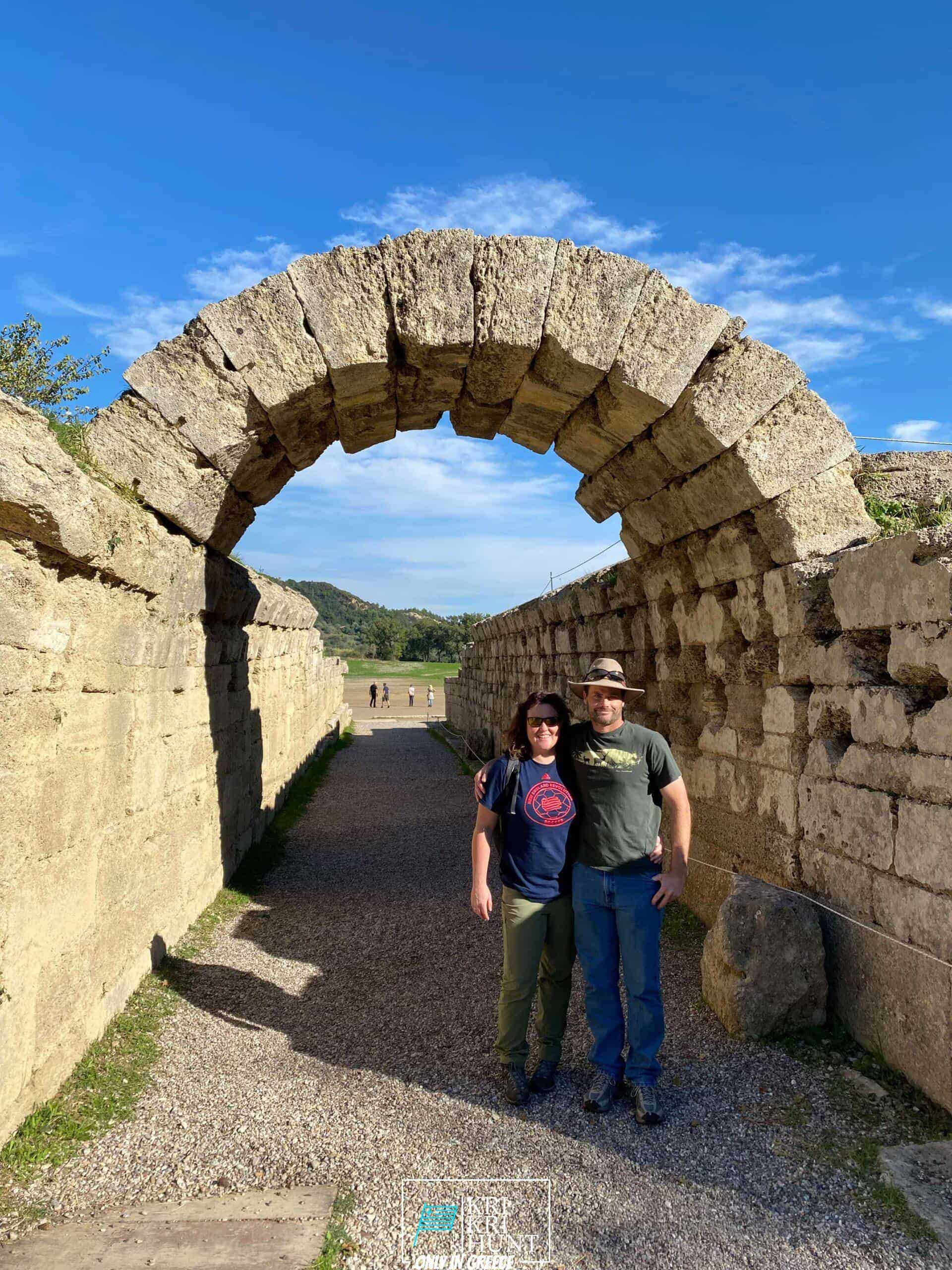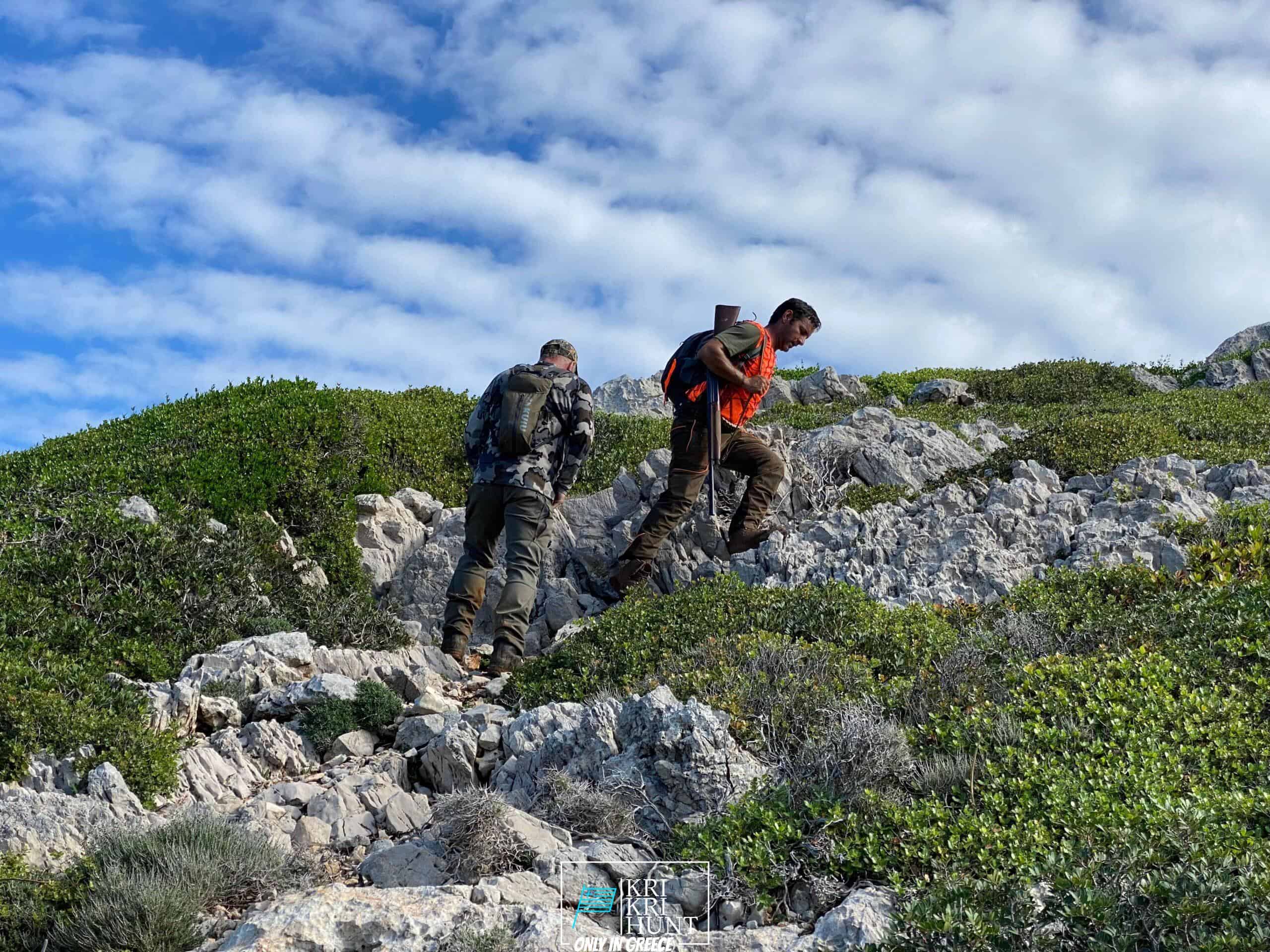A journey to remember - outdoors and in good company
A journey to remember - outdoors and in good company
Blog Article

The Peloponnese peninsula on the Greek Mainland is usually referred to as the 'actual' Greece. Because it has actually managed to stay fairly untouched by mass tourism as well as maintains a lot of its traditional appeal, this is. Peloponnese is the area for you if you're looking for a genuine Greek experience. And what much better method to discover this gorgeous region than on among our outside searching, fishing, and also totally free diving scenic tours?

Hunting Kri-Kri Ibex on Sapientza Island is a challenging however satisfying job. The ibex reside in rugged, rocky terrain that can conveniently leave you without shoes after only two journeys. Shooting a shotgun without optics can also be a tough task. However, the hunt is well worth it as the ibex are several of one of the most stunning animals worldwide. Greece is a wonderful nation with a rich background and also culture. There are several tourism possibilities readily available, including hiking, sightseeing, and also of course, hunting. Greece provides something for everybody and is most definitely worth a visit.
On our Peloponnese excursions, you'll reach experience all that this remarkable region needs to supply. We'll take you on an excursion of a few of the most historical and also lovely sites in all of Greece, including old ruins, castles, and extra. You'll likewise get to experience some of the typical Greek culture direct by appreciating a few of the tasty food and a glass of wine that the region is known for. And also obviously, no trip to Peloponnese would certainly be complete without a dip in the sparkling Mediterranean Sea! Whether you're an experienced hunter looking for a brand-new adventure or a new traveler just seeking to discover Greece's sensational landscape, our Peloponnese tours are ideal for you. What are you waiting for? Book your journey today!
So if you are searching for a genuine Greek experience far from the pressure of tourist after that look no more than Methoni in The Peloponnesos! Our outdoor hunting for Kri Kri ibex, fishing, free diving and also touring Peloponnese trips from Methoni are the ideal method to explore this lovely location at your very own speed with like minded people. Get in touch with us today to schedule your place on one of our scenic tours.
What is the diference between Kri Kri ibex, Bezoar ibex and hybrid ibex
The kri-kri is not thought to be indigenous to Crete, most likely having been imported to the island during the time of the Minoan civilization. Nevertheless, it is found nowhere else and is therefore endemic to Crete. It was common throughout the Aegean but the peaks of the 8,000 ft (2,400 m) White Mountains of Western Crete are their last strongholds–particularly a series of almost vertical 3,000 ft (900 m) cliffs called ‘the Untrodden’—at the head of the Samaria Gorge. This mountain range, which hosts another 14 endemic animal species, is protected as a UNESCO Biosphere Reserve. In total, their range extends to the White Mountains, the Samaria National Forest and the islets of Dia, Thodorou, and Agii Pandes.
This Ibex is NOT a diminutive form of the Bezoar Ibex, which has migrated into the western-most reach of the range of this species. The kri – kri (Capra aegagrus cretica), sometimes called the Cretan goat, Agrimi, or Cretan Ibex, is a feral goat inhabiting the Eastern Mediterranean, previously considered a subspecies of wild goat. The kri-kri has a light brownish coat with a darker band around its neck. It has two horns that sweep back from the head. In the wild they are shy and avoid tourists, resting during the day. The animal can leap some distance or climb seemingly sheer cliffs.
“The agrimi goat Capra aegagrus cretica is unique to Crete and its offshore islands. It has been identi®ed as a sub-species of the wild bezoar goat Capra aegagrus aegagrus Erxleben, 1777, which it closely resembles in horn shape, body form and coloration. This classi®cation has been disputed by some researchers who claim that the agrimi are feral goats, derived from early domestic stock brought to the island by the ®rst Neolithic settlers. In order to clarify this issue, DNA analyses (cytochrome b and D loop sequences) were carried out on tissue of live and skeletonized agrimi and compared to sequences of wild and domestic caprines. Results conclusively show the agrimi to be a feral animal, that clades with domestic goats (Capra hircus) rather than with wild Asiatic bezoar. This study demonstrates that morphometric criteria do not necessarily re¯ect genetic af®nities, and that the taxonomic classi®cation of agrimi should be revised.”
Report this page